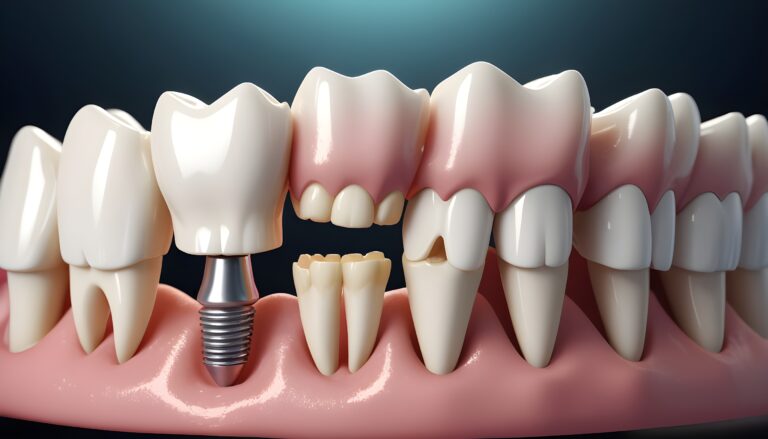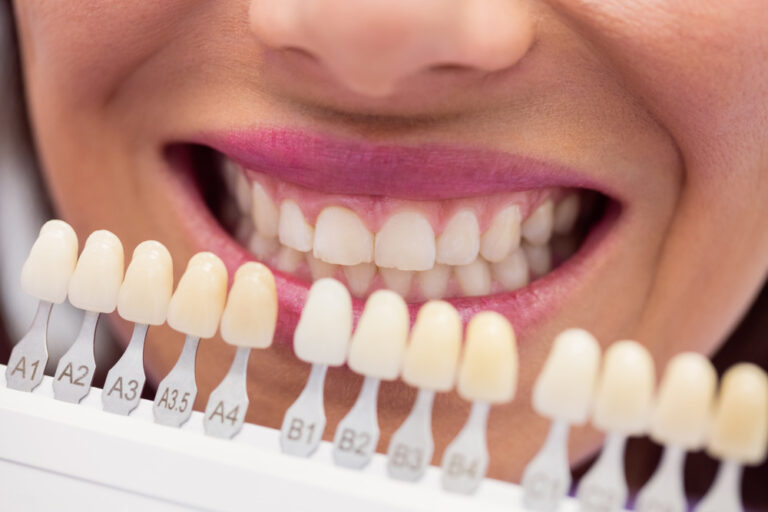Filling cavities in your teeth is an important part of keeping your mouth healthy and stopping further decay. However, the thought of going through these procedures can often make people anxious and scared because they know they will hurt and feel bad. Luckily, improvements in dentistry have led to several pain relief options that make getting a cavity filled more comfortable. In this blog, we talk about the best ways to ease the pain of cavity filling procedures so that you can feel less nervous and have a better dental experience.
Understanding Filling Procedures
Filling, also known as dental restoration, is a procedure performed by dentists to repair teeth that have been damaged by decay. During the procedure, the decayed portion of the tooth is removed, and the resulting cavity is filled with dental material to restore its function and structure. Common materials used for fillings include amalgam, composite resin, gold, and porcelain.
Why Pain Relief is Necessary
Pain relief is crucial during filling procedures to ensure the comfort and well-being of the patient. The drilling and filling process can cause discomfort, and effective pain management techniques are essential to minimize anxiety and ensure a positive dental experience.
Pre-Procedure Pain Relief
Before the filling procedure, patients may experience anxiety and nervousness. Dentists may recommend techniques to alleviate anxiety, such as deep breathing exercises or listening to calming music. Additionally, over-the-counter pain relief medications such as ibuprofen or acetaminophen may be prescribed to reduce any pre-procedure discomfort.
During-Procedure Pain Relief
Dentists employ various techniques to minimize pain during filling procedures. Local anesthesia is commonly used to numb the affected area, ensuring that patients do not experience pain during the drilling and filling process. In some cases, sedation dentistry techniques may be used for patients with severe dental anxiety.
Post-Procedure Pain Management
After the cavity-filling procedure, patients may experience some discomfort or sensitivity. Dentists may recommend over-the-counter pain relief medications such as ibuprofen or acetaminophen to alleviate any post-procedure pain. Additionally, avoiding hot or cold foods and drinks can help reduce sensitivity in the treated tooth.
Alternative Pain Relief Methods
In addition to traditional pain relief medications, there are alternative therapies that can help manage pain during filling procedures. Techniques such as acupuncture, acupressure, or relaxation exercises may help reduce anxiety and discomfort in some patients.
Importance of Communication with the Dentist
Open communication with the dentist is essential for effective pain management during filling procedures. Patients should feel comfortable discussing their concerns and preferences with their dental care provider to ensure a personalized and comfortable experience.
Common Misconceptions About Pain Relief in Filling
There are several myths and misconceptions surrounding pain relief in filling procedures. It’s essential to debunk these misconceptions and educate patients about the effectiveness of various pain relief methods to help them make informed decisions about their dental care.
The Role of Technology in Pain Management
Advancements in dental technology have revolutionized pain management during filling procedures. From laser dentistry to computer-assisted anesthesia delivery systems, dentists have access to innovative tools and techniques to ensure a more comfortable experience for their patients.
Understanding Individual Pain Sensitivity
Individual pain tolerance varies, and dentists must consider each patient’s unique needs when administering pain relief during filling procedures. Factors such as age, medical history, and dental anxiety can influence how patients experience pain and discomfort.
Cost Considerations for Pain Relief Methods
When considering pain relief options for filling procedures, cost is an important factor to consider. While some pain relief methods may be more expensive than others, it’s essential to weigh the cost against the effectiveness and comfort they provide.
Potential Risks and Side Effects
While pain relief medications and anesthesia are generally safe, they may carry some risks and side effects. Patients should be aware of these potential complications and discuss any concerns with their dentist before undergoing filling procedures.
Seeking Professional Advice
For personalized pain relief recommendations and advice on filling procedures, it’s essential to consult with a qualified dentist. Dentists can assess individual needs and provide tailored solutions to ensure a comfortable and stress-free dental experience.
Conclusion
Effective pain relief is essential for ensuring a comfortable and positive experience during cavity filling procedures. By understanding the various pain relief methods available and communicating openly with their dentist, patients can minimize anxiety and discomfort and achieve optimal oral health.





